PID or proportional integral derivative (PID) controller finds use in controlling pressure, flow, other process variables, and, more so, temperature. The purpose of a proportional integral derivative controller is to compel the feedback to match a certain setpoint based on a temperature setting. PID Temperature controllers primarily find heavy use in systems that react fast to energy added changes to the process. Such is highly useful in systems with constant load changes and consists of slightly small mass.
In short, a PID controller is a device that looks at the setpoint and subsequently converts temperatures to the desired setpoint. So, how do you set up your PID temperature controller? What are the tools, steps, and precautions you need to follow? The article attempts to discuss almost everything to do with the PID temperature controller, from setting up to tools required to the steps to follow, to mention but a few.
Contents
PID Temperature Controller Working Principle
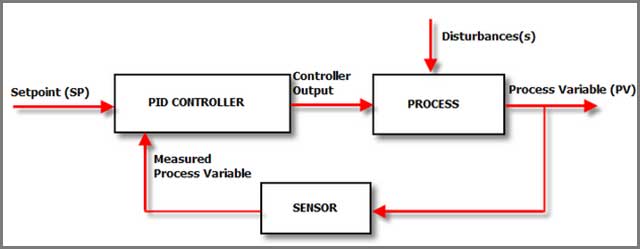
To clearly understand the working principle behind a PID temperature controller, you may need to look at the diagram below carefully.
So, what’s going on here? The Setpoint (SP) is the desired value that the entire process has to produce. Assume that the temperature control system in your house has a setpoint of 22°C;
Therefore if you want the whole process to create a steady temperature close to 22°C or something very close to that. This is the point where the PID temperature controller comes in. The PID controller factors in the setpoint and then compares it with the real value of the Process Variable (PV).
Back in your house, a PID controller then looks at the current value of room temperature and sees how far or close it is to 22°C. In case the setpoint (SP) and the process variable (PV) are the same, then your controller doesn’t have to do anything as such. But if there’s a disparity between the two values, it means that there’s an error that requires correction.
Back in your house, the error requiring correction could be cooling or heating, and this depends on whether the PV value is higher or lower than the SP. If the temperature is low, the sensor will pick up the lower temperature and feed it to the controller. The controller then sees the “error in temperature” and tries to correct it or convert it to the desired range. If a disturbance (increase/decrease of temperature) hits the system again, the controller then kicks in once more. It is as simple as that.
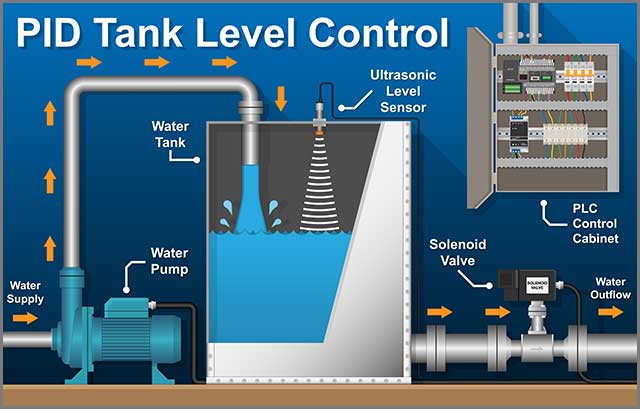
Setting Up Your PID Tools and Materials Needed
Are you planning to set up a PID temperature controller by yourself? If so, then there are some tools and materials that you must have. By using the wrong or substandard tools and materials, rest assured of a PID temperature controller whose functionality will be unpleasant. The right tools and types of equipment are necessary to create a PID temperature controller that converts or sets temperatures to the desired setpoint.
The following make up the tools that you will require when you want to set up a PID temperature controller on your own:
- Soldering iron, flux tweezer, and solder wire
- A milling machine
- A laser cutter
- FTDI serial TTL-232 USB cable
- Multimeter (both voltmeter and ohmmeter)
The first step towards having your PID temperature controller is by making sure that all the above tools are within your possession.
·Materials
Apart from the tools, the following make up the material combination that you will also require:
- Single side Bakelite copper plate (it’s good to use a 60*35 mm)
- Attiny 45 microcontroller
- Solid-state relay
- 1N4004 diodes
- Nail polish
- Capacitors (preferably SMT 0603 Adafruit book)
- ac-dc transformer (preferably 230V-9V)
- Transistor
- Operational amplifier
- Voltage regulator
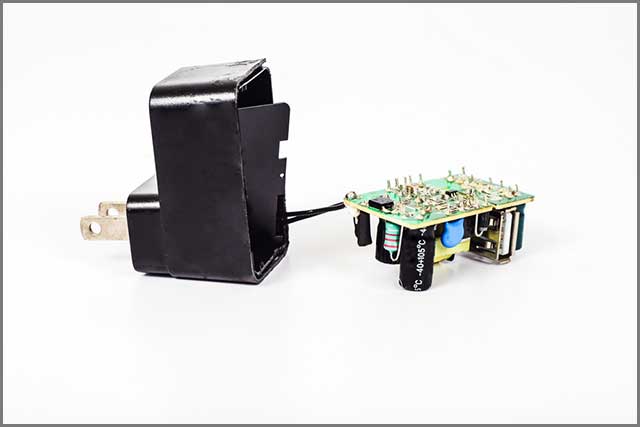
Programming the Controller
Programming a PID temperature controller with the sole purpose of ensuring that it achieves is role is not a complicated process as such. All you need is the right software, and you are good to go. There are many software packages that one can rely on out there, though the PID tuner seems to be the best.
There are a few reasons for such. For instance, PID Tuner software simplifies the process of turning several individual loops by reducing oscillations and increasing bandwidth.
The software also allows on to achieve his or her desired design and performance requirements while being free. PID Tuner is robust, simple, and offer excellent performance in a vast range of operating conditions.
Apart from PID Tuner software, one may also use the IJ-6 software. This type of software enables secure monitoring and control of a vast range of temperature(s) with a lot of ease.
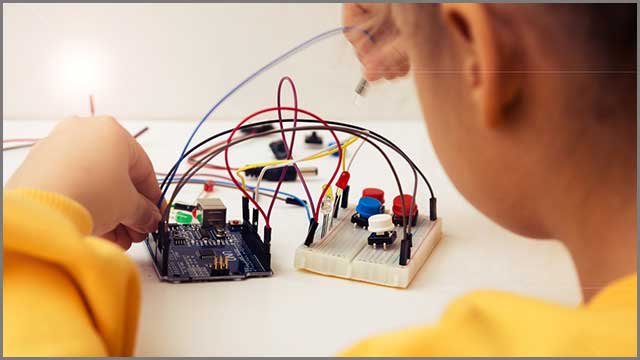
How to Adjust To the Required PID Value
Tuning is the process of changing temperatures to the required amount (s). Sadly, tuning a PID temperature controller seems somewhat tricky knowing where to begin, and what direction to follow. There are three main PID temperature controller tuning methods. They include manual tuning, Auto-Tune, and Tuning Heuristics, as explained below:
·Manual Tuning
Manual tuning gets achievable by setting the reset time to the maximum value, with the rate remaining at zero. After that, the gain needs to increase the level in which the loop begins to oscillate at a stable amplitude. Correct any offset, the benefit of the PID must be set to half of the reset value while adjusting the time.
·Auto-Tune
Here, the PID controller typically “learns” how to respond to any changes or disturbances in precise PID settings. When one chooses the “Auto-Tune” function, the controller immediately triggers an output. Of importance to note is that the controller requires a setpoint of 10 degrees or above for auto-tuning to be successful.
·Tuning Heuristics
Also known as the Ziegler-Nichols method, tuning heuristics is another method of getting to tune a PID controller. To achieve this, one has to set an integral value I and derivative D gains to zero. The proportional gain P is then is slowly increased until it reaches what’s known as the ultimate gain Ku.
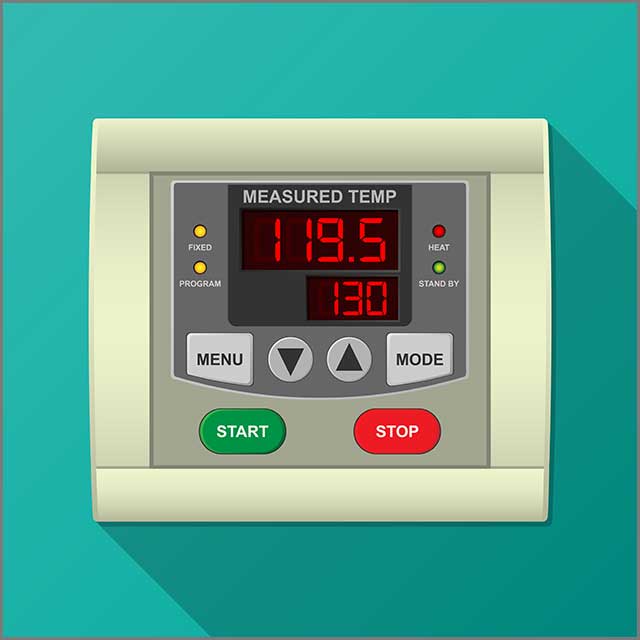
Some Things You Need To Pay Attention To
When it comes to PID temperature controllers, there a few things that you need to pay close attention to at all times. Among other things, safety and precaution matter the most. You need to ensure that you factor in specific precautionary measures so that you don’t put your life or those close to you in danger. First, if you don’t know how to install your newly-acquired PID temperature controller, you are better off seeking the services of a professional.
Additionally, it is essential to ensure that you connect your temperature controller under the directive of the handbook. Also, ensure that conductive pollution gets excluded from the location where the controller is supposed to sit. Lastly, make sure that there is a full enclosure of the controller’s vital parts.
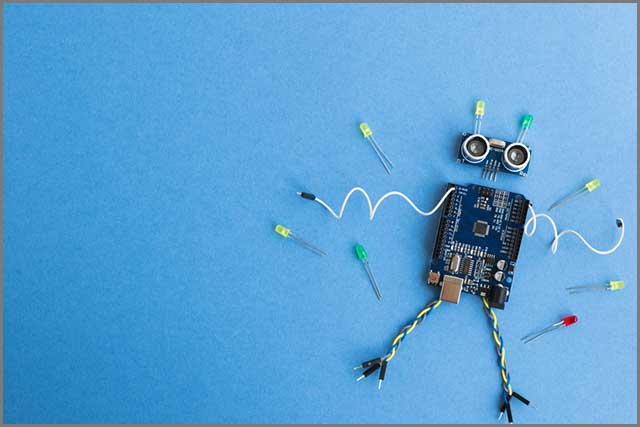
Fields in Which PID Temperature Controllers Can Be Applied
PID temperature controllers find use in several applications worth noting. Even though PID control struggles with noise, nevertheless, they are necessary across many fields. Millions of homes, vehicles, and business entities across the globe rely on PID temperature controllers. However, they find heavy use across the industrial sector.
Here are some of the everyday industrial applications of proportional integral derivative (PID) temperature controllers.
• Furnace Temperature Control – a majority of furnaces hold vast amounts of raw materials under high temperatures. Regardless of the heat, the temperature of the material doesn’t change quickly. However, a Derivative term corrects the error using a steady PV signal.
• Batch Temperature Control – here, the operation is under a closed system where temperatures could rise to undesired levels. A PID temperature control is necessary to keep everything under control.
• Neutralization pH Control – many industries view pH as a considerable challenge. For instance, they tend to be non-linear at times, an aspect that many enterprises struggle with. This is where a PID temperature controller comes in. A PID temperature controller efficiently neutralizes the pH to bring it under control
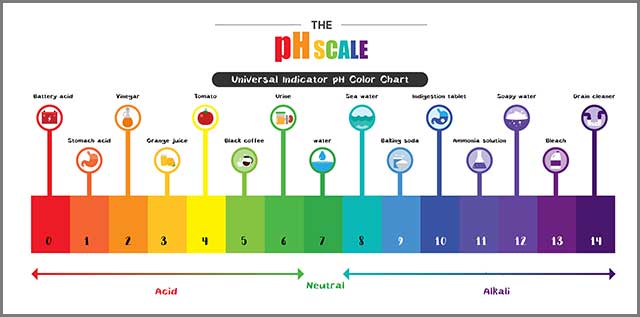
Summary
As the name goes, a PID temperature controller is a device used in controlling the temperature. It consists of a sensor that takes input and, on the other end, an output connected to an element/device such as a heater or a fan. PID temperature controllers are used in homes, vehicles, and offices. However, they find heavy use across industrial control applications. Tuning is necessary to achieve the desired levels of temperature. Luckily there’s more than a single way of tuning these devices that users can use. Better yet, there are a couple of software platforms that one can rely on to program the PID temperature controller to function as desired. When setting up your PID temperature controller, it’s vital to ensure that specific preventive measures are factored in. With such precautionary measures, you’ll be ensuring your safety and the longevity of your temperature controller.





